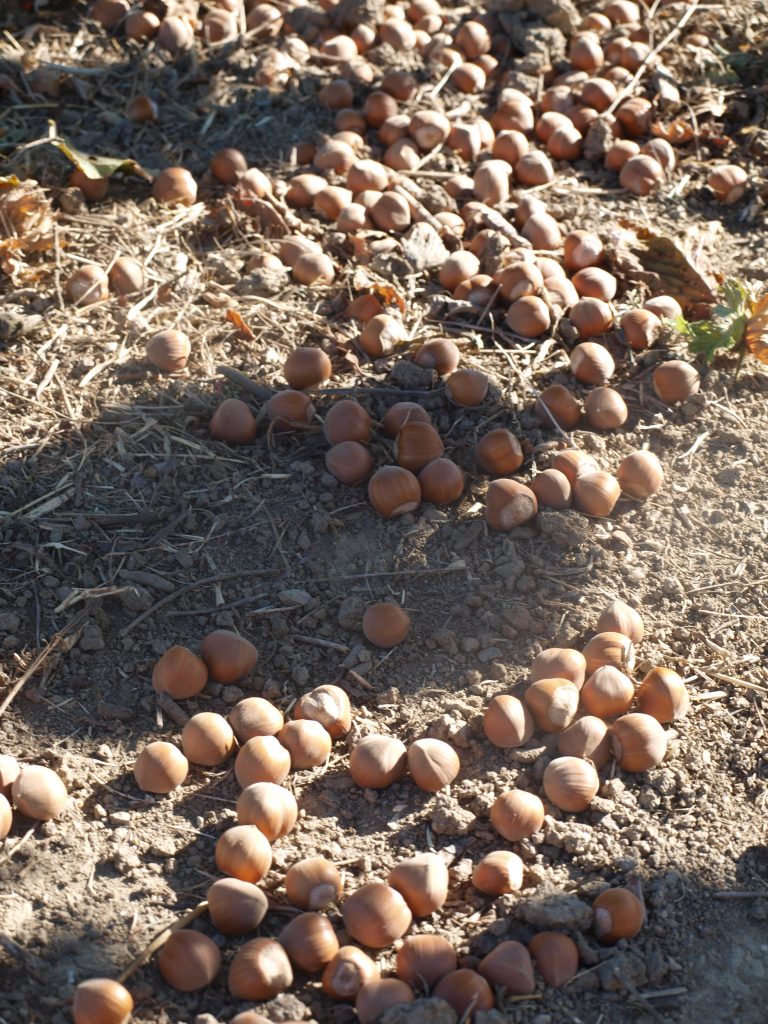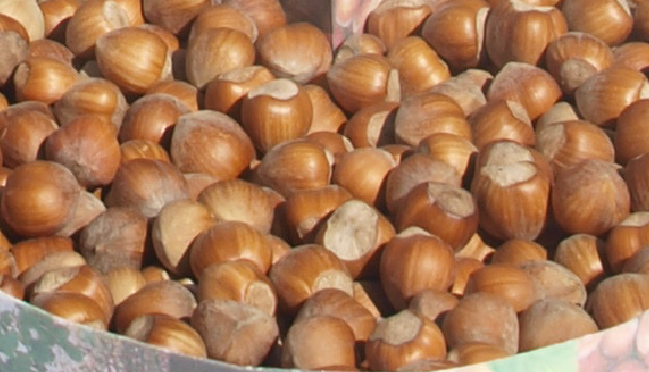Nocciole – Hazelnuts in shell
Description:
the cultivated varieties are very numerous; in particular the cultivar to which belongs the Piedmont hazelnut is called "Tonda gentile delle Langhe", whose production is concentrated in the hills of Langhe, Roero and Monferrato in the provinces of Cuneo, Asti and Alessandria. If it is grown in proper territories and if it conforms to the fixed product specification, can get PGI status and be called "Nocciola del Piemonte". Given the valuable organoleptic characteristics it is very in demand by the confectionery industry. It is considered the finest Italian hazelnut.
Origin:
the plant is originally from Asia Minor.
The fruit:
achene with wooden pericarp, indehiscent, partially wrapped in a leaf wrapping (bracts), from which it it detaches when ripe. The edible part is the seed, contained within, which is rich in oil. In particular, the Piedmont hazelnut has a higher content (70%) compared to the other Italian varieties.
Maturation:
August 31 -September 15
Flavor:
hazelnuts have a delicate, sweet and persistent taste. Roasting enhances the flavor.
Curiosity:
in ancient Rome had spread the custom of giving during weddings a plant of hazelnuts to wish happiness. In the same period in France, however, it was given to newlyweds to wish fertility. In Celtic tradition, the common hazel was considered a magical and sacred tree. The hazelnuts in fact represented the wisdom and knowledge. The water diviner usually use a hazel wood bifurcate sprig to locate the sources of water.
It's good because:
hazelnuts have high nutritional qualities because they are rich in vitamins (E, B1, B6, B9 and B12), unsaturated fat (omega 3), fibers and minerals (iron, copper, zinc, selenium, calcium and manganese). Like most dried fruits they are also a highly energetic food.

